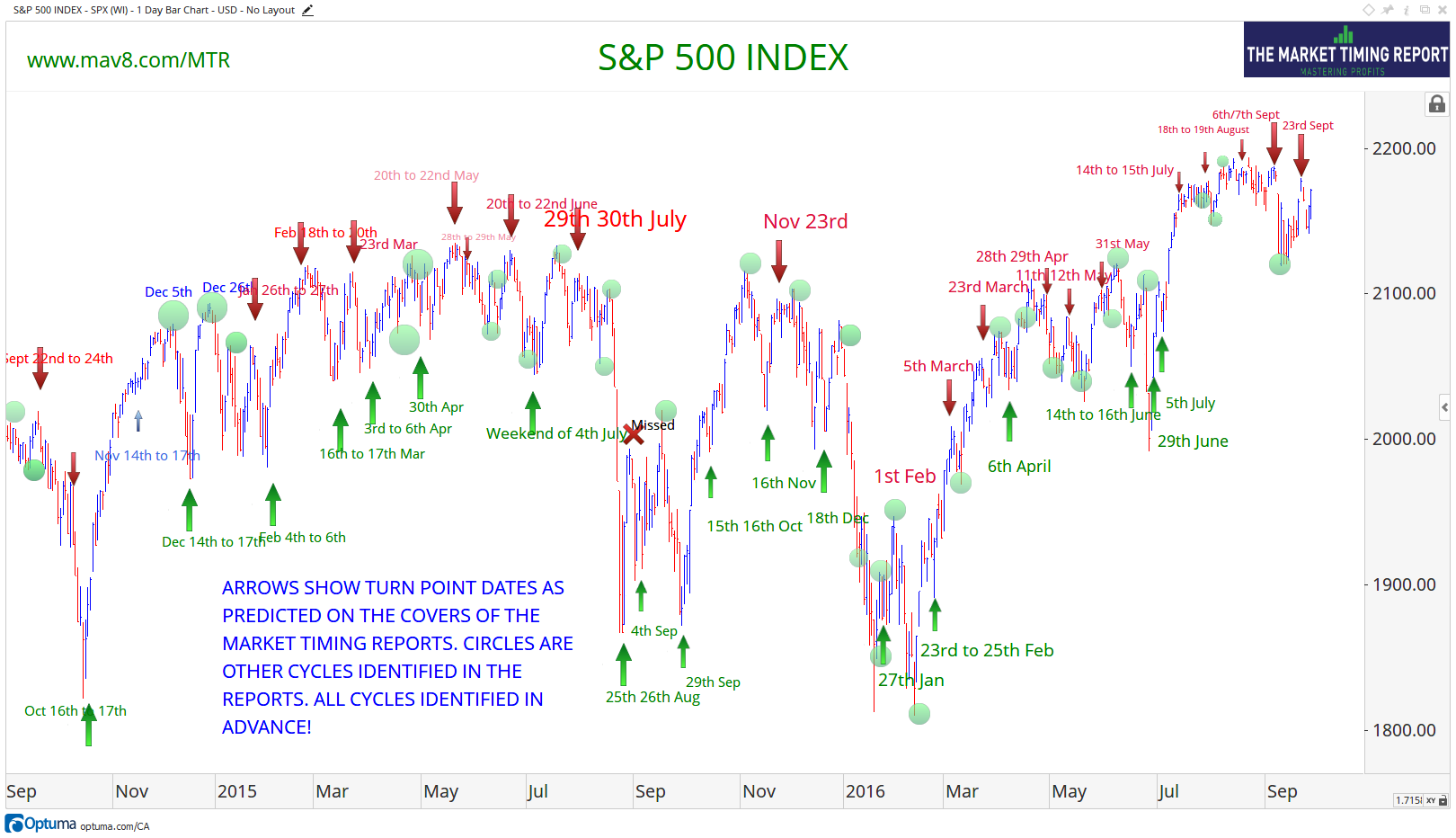

"Costs are good predictors of performance, so this makes intuitive sense," he says in the study. Kinnel notes that lower-cost funds tend to do much better than higher-cost funds.

Investors in the highest-cost quintile of stock funds lagged by 2.2 percentage points annually. Investors in the lowest-cost quintile of stock funds trailed their funds by 1.1 percentage points per year. The average dollar in the cheapest funds lost less to market timing that those in costlier funds. Performance by expense ratio is similar to volatility. "Boring funds are working well for people as they don't inspire fear or greed," Kinnel says. Ouch! Investors in the least-volatile quintile lagged by a mere 19 basis points. Investors in the most-volatile quintile lagged their funds by 1.86 percentage points per year. Kinnel breaks stock funds into quintiles from most volatile to least volatile. It's far more difficult to hold a fund that's losing a ton in a bear market than one that's taking a hit but isn't down as much as the overall market. It turns out that the more volatile a fund is, the more likely investors are to buy and sell it at the worst times. Morningstar's study offers some help – in addition to the admonition not to trade too much. Plus, the overwhelming majority of target-date assets are in 401(k)s and other work-based retirement vehicles that make it easy for employees to contribute monthly using dollar cost averaging. They're a mix of stocks and bonds that gradually becomes more conservative over time. These funds are designed for investors to hold over an investment lifetime. Why? Because many allocation funds are target-date retirement funds. Investors in allocation funds actually topped the performance of the funds they invested in, by 22 basis points. Those factors make them difficult for investors to understand – and easy to dump when they underperform, Kinnel says.

Stock funds averaged 6.8% annual gains versus 3.4% for bond funds, which means market timing took a larger bite out of bond returns as a percentage.Īlternative funds, meanwhile, are extremely complex investments that often produce low returns and have low correlations with both stocks and bonds. But also note the relative size of the gap. That investors lag bond-fund returns almost as badly as they lag stock-fund returns is surprising, given that bond funds typically are less volatile than stock funds. (A basis point is one one-hundredth of a percentage point.) Investors in stock funds lost 56 basis points to bad timing, investors in bond funds lost 55 basis points and investors in alternative funds lost 1.44 percentage points annually, according to the Morningstar study. The average dollar earned 45 basis points less on an annual basis over five 10-year periods through 2018. In essence, their research illustrates the drag of lousy market timing by showing how the average dollar invested in funds did versus the total return of the funds. Want proof? Kinnel and his colleagues calculate "investor returns" for mutual funds and exchange-traded funds (ETFs). Everyone from new investors to administrators of giant pension funds and fund portfolio managers makes these errors." "Timing is the bane of investors everywhere," says Russel Kinnel, director of manager research at Morningstar. In fact, on top of my to-do list, so I can't miss it, I have six words typed in big, bold letters: "Don't just do something stand there." It's remarkably difficult to pick a good mix of stock and bond funds – then avoid making big changes to it. The advice grows more strident when the market turns volatile. "JP Morgan's market guru says his 'once in a decade' trade is upon us," blares another. "This market looks just like 1998," says one. The headlines scream at us relentlessly from our computers and phones, seemingly begging us to engage in market timing.


 0 kommentar(er)
0 kommentar(er)
